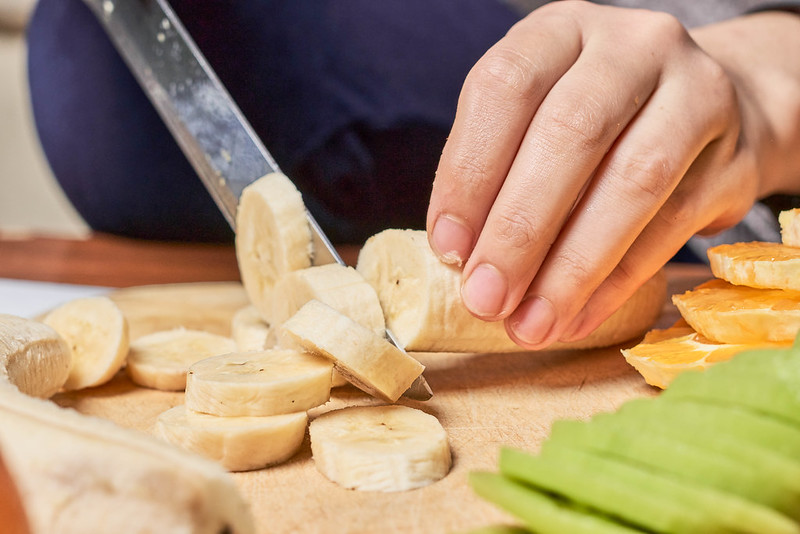
At least there are lots of knives handy when you’re preparing meals.
A glaring inequity persists around the world – one that sees women cooking for their households far more frequently than men do. That’s according to a new report issued by workplace research firm Gallup, in collaboration with food tech startup Cookpad. (Not to mention, the heaps of anecdotal evidence we can glean from the women in our lives.)
And it’s only getting worse, researchers added. Last year, women cooked roughly nine meals for themselves and their homes per week, while men averaged four in the same time period. The disparity was largest in the African and Asian nations of Ethiopia, Tajikistan, Egypt, Nepal and Yemen – but it was observed in nearly every country surveyed.
The sole exception was Italy, where the script is decidedly flipped. “In 2022 … the trend of more men than women cooking not only accelerated, but Italian men exceeded women in average number of meals cooked,” researchers said.
That said, “the persistent gender disparity in cooking remains notable, with women universally taking on more of the cooking responsibility,” they added.
There is also the context of all of the unpaid labor – not just culinary tasks – that winds up on women’s to-do lists. Studies suggest that 65 percent of women serve as caregivers in their families, and spend 50 percent more time filling those roles than men do. Research also shows that the majority of household chores, like laundry, are completed by women.
The report’s findings weren’t all bad, though. Study coordinators said most home chefs – about 36% – report largely enjoying the task.
“Yet,” researchers added, “the nuances in how different demographic groups approach cooking – whether out of passion, necessity or reluctance” – matter as well.
Indeed, “these insights provide a foundation for understanding the complex interplay of culture, gender roles and personal preferences in shaping the world’s cooking landscapes,” the report asserts.



